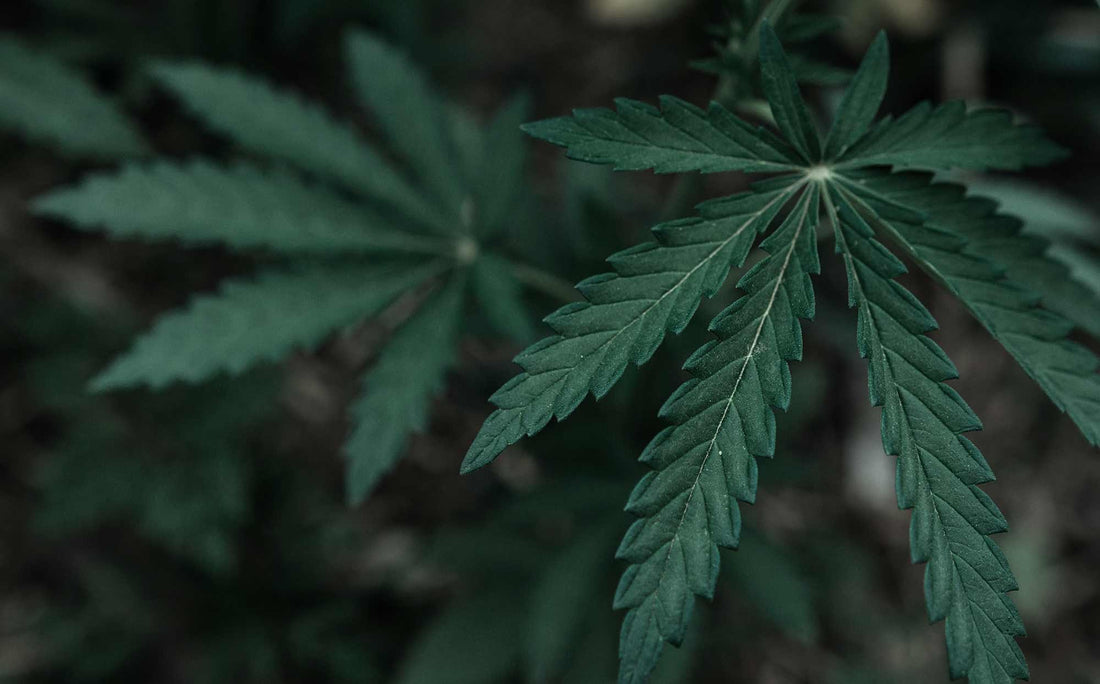The following is an introductory glossary of hemp, CBD, and endocannabinoid terms to help those new to hemp based CBD and the endocannabinoid system. We believe you will find this information helpful as you begin or continue your exploration of CBD and plant based health.
Agonist : a substance that initiates a physiological response when combined with a receptor.
Cannabidiol (CBD) : CBD is a phytocannabinoid discovered in 1940 and initially thought not to be psychoactive. It is one of at least 113 cannabinoids identified in hemp plants, accounting for up to 40% of the plant's extract.
Cannabinoid Receptor : Cannabinoid receptors, located throughout the body, are part of the endocannabinoid system, which is involved in a variety of physiological processes including appetite, pain-sensation, mood, and memory.
Cannabis : is a genus of flowering plants in the family Cannabaceae. The number of species within the genus is widely disputed. Three species may be recognized: Cannabis sativa, Cannabis indica, and Cannabis ruderalis; C. ruderalis may be included within C. sativa; or all three may be treated as subspecies of a single species, C. sativa. The genus is widely accepted as being indigenous to and originating from Central Asia, with some researchers also including upper South Asia in its origin.
Distillate : Extract processed to eliminate undesirable compounds such as THC. Added processing also causes loss of other phytocannabinoids and terpenes.
Eicosanoids : Signaling molecules. Eicosanoids in the endocannabinoid system are known as agonists 2-arachidonoylglycerol (2AG) and anandamide (AEA). See breakdown of the endocannabinoid System below fr additional information.
Endocannabinoid System : Also know as the ECS is a biological system found in in all mammals which is comprised of 3 parts, endocannabinoids (agonists), receptors and enzymes. The primary function of the ECS is to promote mental and physiological homeostasis from the cellular level to the organ and ultimately the organism itself.
Agonists
Receptors
Enzymes
For more information on the endocannabinoid system CLICK HERE.
Endocannabinoids : Substances produced by mammals from within the body that activate cannabinoid receptors. After the discovery of the first cannabinoid receptor in 1988, scientists began searching for an endogenous ligand for the receptor. Endocannabinoids are all eicosanoids.
Enzyme : macromolecular biological catalysts. Enzymes accelerate chemical reactions. The molecules upon which enzymes may act are called substrates and the enzyme converts the substrates into different molecules known as products. In simple terms, enzymes break complex molecules down.
Extract : The end product of processing hemp flower or plant to produce a substance where the desired phytocannabinoids and terpenes are present in a highly concentrated form, typically a thick, translucent fluid similar to honey.
Extract Types : The end product of processing
Hemp : Cannabis with less than 0.3% THC commonly known as Sativa L. (also a common codeword for CBD on social media).
Hemp Based CBD (aka Hemp Derived CBD) : CBD extracted from Industrial hemp containing less than 0.3% THC per the 2018 Farm Bill.
Homeostsis : the balanced state of steady internal conditions maintained by all living things.
Ligand : a substance that forms a complex with a biomolecule to serve a biological purpose.
Marijuana : Cannabis plants with high levels of THC and low levels of of other phytocannabinoids such as CBD, CBG and CBN.
Phytocannabinoids : cannabinoids that occur naturally in all cannabis plants. the 16 most common of the over 110 known phytocannabinoids include:
Retrograde neurotransmitters : Retrograde signaling in biology is a process whereby the function of one part of a cell is controlled by feedback from another part of the cell, or where one cell sends reciprocal messages back to another cell that regulates it.
Sublingual : A method of taking CBD tinctures whereby the drops are placed under the tongue and absorbed to the bloodstream through the soft, permeable sublingual tissue. This method is preferred by many because of the speed of absorption. The efficiency of sublingual application increases with increased time so patience is key. Shoot for at least 1 minute, 2 minutes is even better.
Terpenes : a large and diverse class of organic compounds, produced by a variety of plants, and by some insects.[1][2] They often have a strong odor and may protect the plants that produce them by deterring herbivores and by attracting predators and parasites of herbivores. Terpenes commonly found in cannabis include:
Tetrahydrocannabinol (THC) : the principal psychoactive constituent of cannabis. With chemical name (−)-trans-Δ⁹-tetrahydrocannabinol. This is the stuff that gets you high.
